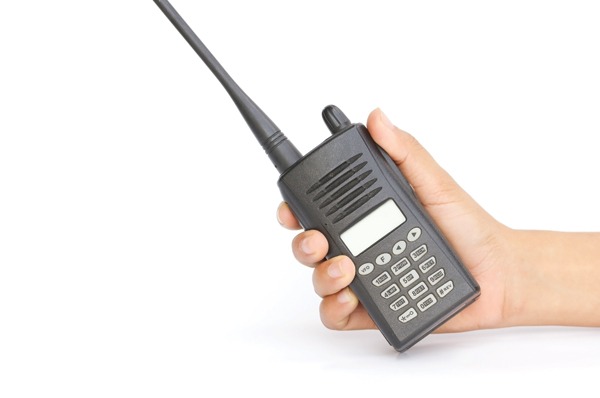Revolutionizing Communication: Exploring the Latest Advancements in Radio Technology
2 min read
In today's fast-paced world, effective communication is crucial for businesses, emergency services, and personal interactions. Over the years, radio communication technology has evolved significantly, enabling seamless and reliable communication across various industries. In this blog post, we will delve into the latest advancements in radio communication technology, exploring how it has revolutionized the way we connect and communicate.
- The Rise of Software-Defined Radios:
One of the most significant developments in radio communication technology is the emergence of software-defined radios (SDRs). Unlike traditional hardware-based radios, SDRs utilize software to define their functionality, allowing for greater flexibility and adaptability. With SDRs, users can easily switch between different communication protocols, frequencies, and modulation schemes, making them ideal for dynamic and rapidly changing environments. - Enhanced Spectrum Efficiency:
Efficient spectrum utilization is a key challenge in radio communication. To address this, researchers and engineers have been working on innovative techniques to improve spectrum efficiency. Cognitive radio, for example, enables radios to intelligently sense and utilize available spectrum bands, optimizing their usage and minimizing interference. Additionally, advancements in signal processing algorithms and modulation techniques have further enhanced the capacity and efficiency of radio communication systems. - Internet of Things (IoT) Integration:
The Internet of Things (IoT) has transformed the way we interact with everyday objects. Radio communication plays a vital role in connecting and enabling communication between IoT devices. The latest radio technologies have been designed to support the massive scale and diverse requirements of IoT applications. Low-power, wide-area networks (LPWANs) such as LoRaWAN and NB-IoT provide long-range, low-cost connectivity for IoT devices, enabling efficient and reliable communication in various industries, including agriculture, logistics, and smart cities. - Next-Generation Public Safety Communications:
Public safety organizations rely heavily on radio communication systems to ensure effective emergency response. The latest advancements in radio technology have paved the way for next-generation public safety communication networks. Mission-critical features such as prioritized access, enhanced coverage, and robust encryption have been integrated into modern radio systems, enabling seamless communication between first responders and emergency personnel. Furthermore, the integration of broadband capabilities with traditional narrowband radio systems allows for multimedia data transmission, real-time video streaming, and location-based services, significantly improving situational awareness and response coordination.
Conclusion:
Radio communication technology continues to evolve, driving innovation and transforming the way we connect and communicate. From software-defined radios and enhanced spectrum efficiency to IoT integration and next-generation public safety communications, the latest advancements offer unprecedented capabilities and opportunities across various industries. As we embrace these technologies, we can look forward to a future where communication is more efficient, reliable, and interconnected than ever before.
